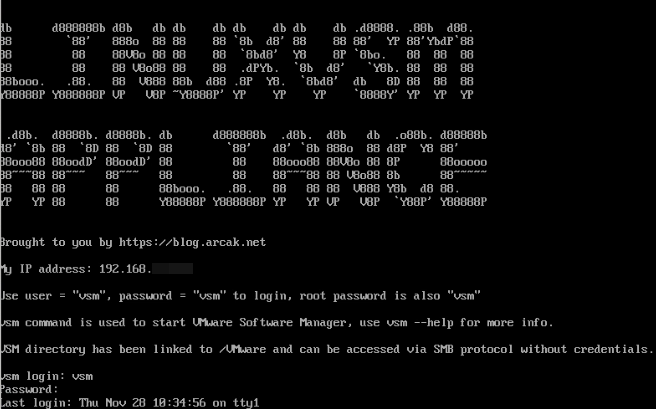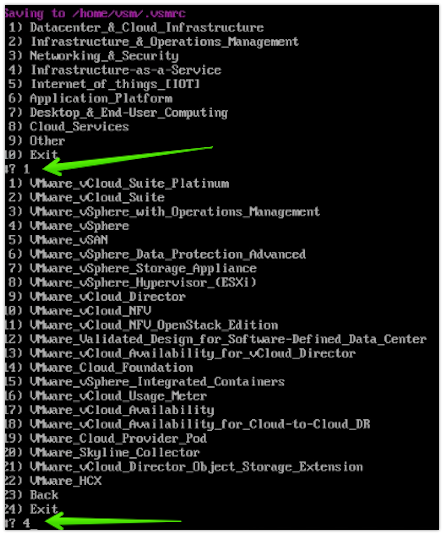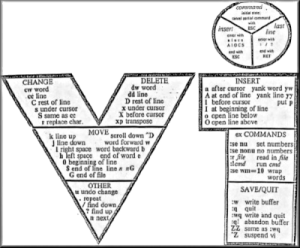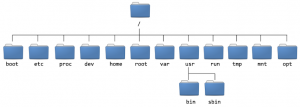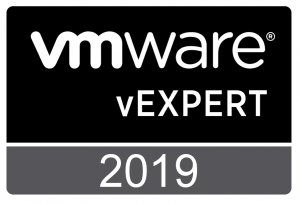Finding VMware installation media and downloading them properly can be a problem from time to time and creates confusion.
LinuxVSM was created by Edward Haletky to solve these problems.
The project is accessible via Github and also has installation support on MacOS.
Assuming weak linux ability, I created a VMware template on a minimal Centos distribution with LinuxVSM code inside.
The template I created;
- Can be deployed via vSphere, it can receive network settings on deployment and can be accessed via VRMC and SSH.
- After operating system login, the download application can be started with a single command (vsm) and files can be downloaded with a valid VMware credentials.
- The downloaded files can be accessed through the Windows File Sharing protocol SMB.
Here are the necessary steps for installation;
The download link for the LinuxVSM file is available here.
